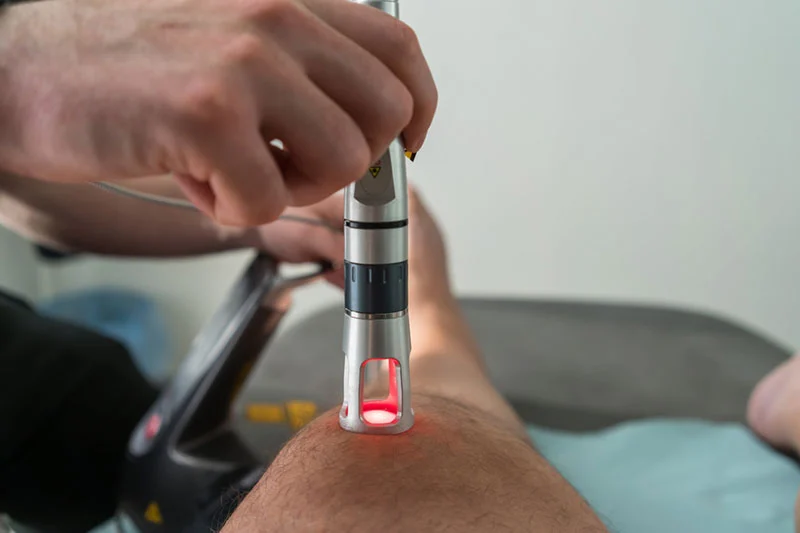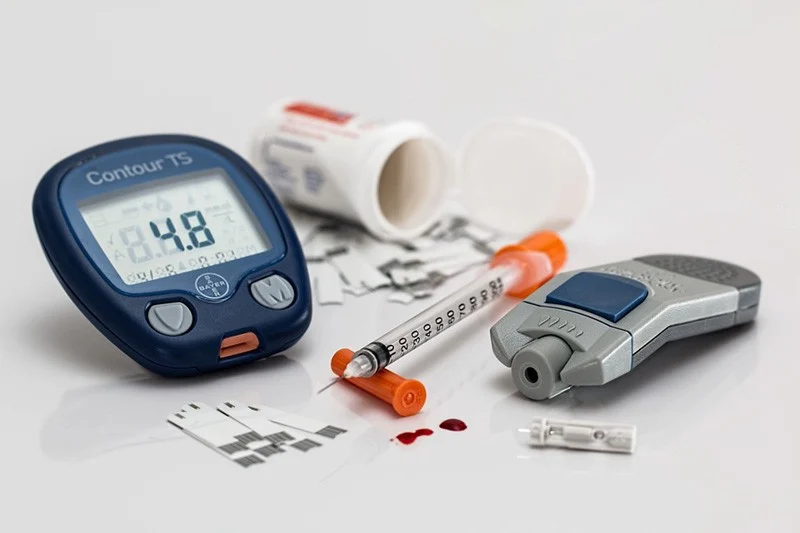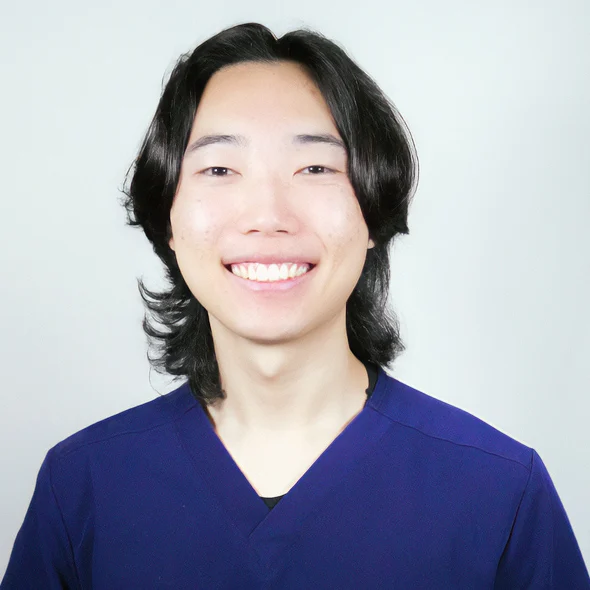There are a variety of diagnostic tests available to practitioners to see what’s happening internally with a patient to be causing symptoms. Some of these put your eyes front and center, and that is exactly the case with a Videonystagmography (VNG) test. In this test your eyes are truly the star of the show, and the doctors and team at a clinic will use their own eyes to watch yours very carefully. To have a better understanding of how the test is run and what practitioners watch for on the administrating end, we’ll break down the steps we go through to get the best diagnostic reading, as well as what we can deduce from the test results.
The Initial Setup
Patients sit in a dark room facing a television screen displaying visual stimuli, such as isolated dots and moving bars. They wear VNG goggles equipped with cameras that track and record eye movements. This setup allows practitioners to assess whether the eyes follow stimuli correctly and detect any irregular movements. These findings help doctors evaluate a patient’s neurological health, specifically vestibular function.
Since the test tracks eye movement, patients must follow visual stimuli using only their eyes without moving their heads. A major part of the test involves tracking a green dot in different patterns. It may jump randomly (saccades) or move smoothly from side to side or top to bottom (pursuit). The goal is to observe smooth tracking, as any deviation may indicate an issue.
The Results and What it Means for You
Our team of doctors will then go over the computer-generated graphs of your eye movement as well as the video recording of your eyes during the exam to take note of what findings were reported. This lets us know how your vestibular system might be operating differently than the optimal state and informs what treatments we will offer to you.
The entirety of the test is looking for any sign of nystagmus, which is where eyes move uncontrollably up and down or side to side, rapidly or slowly. This happens briefly to some people when we move our head quickly or in certain directions, but if it occurs over a longer period or even when you’re just sitting still, it may be an indication of a vestibular, or inner ear, disorder:
- Balance issues
- Dizziness
- Pressure in the ears
- Lightheadedness
- Tinnitus
- Vertigo
During and after the test, some individuals might feel dizzy or off balance and that generally wears off. It may not be the most comfortable test, but in those 25 minutes doctors are able to gain a ton of good data that helps them help you in the best way possible. So next time you come in for a VNG, remember to smile because you’re on camera!







